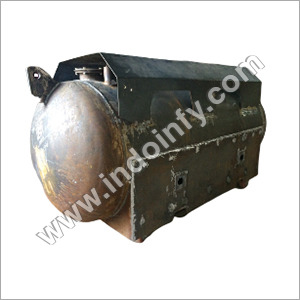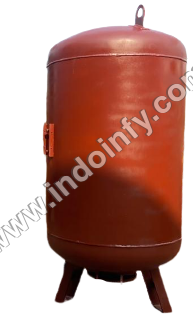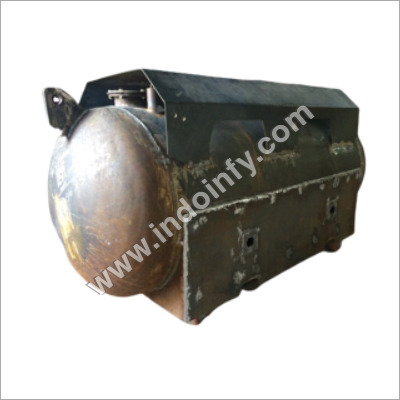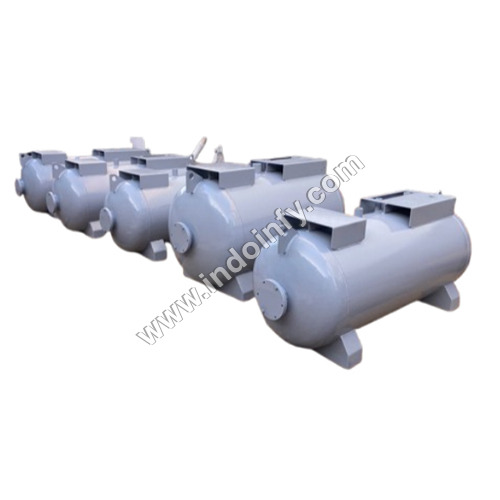
Vacuum Vessels
Product Details:
- Tank Material Steel
- Product Type Horizontal Pressure Vessel
- Size All size Available
- Capacity 1000-10000 Liter/day
- Air Pressure 0-10 , 10-15 , 15-20 Bar
- Color Grey
- Usage Industrial
- Click to view more
Vacuum Vessels Price And Quantity
- 45500.0 INR/Unit
- 1 Unit
Vacuum Vessels Product Specifications
- Industrial
- Grey
- 0-10 , 10-15 , 15-20 Bar
- 1000-10000 Liter/day
- Steel
- All size Available
- Horizontal Pressure Vessel
Vacuum Vessels Trade Information
- 10 Unit Per Month
- Week
- All India
Product Description
A vacuum tank is a type of industrial container designed to store liquids, gases, or solids under vacuum conditions. The tank is constructed to withstand external atmospheric pressure and maintain a vacuum environment inside.
Key Components:
1. Tank Body: A cylindrical or spherical tank made of a suitable material (e.g., stainless steel, carbon steel, or aluminum) to contain the stored material.
2. Vacuum Jacket: An outer jacket or shell surrounding the tank body, creating an annular space for insulation and vacuum maintenance.
3. Vacuum Pump Connection: A port or flange connecting the tank to a vacuum pump or other vacuum source.
4. Vacuum Gauge and Controls: Instruments and controls to monitor and regulate the vacuum level inside the tank.
Operating Principles:
1. Vacuum Creation: The vacuum pump removes air and gases from the tank, creating a vacuum environment.
2. Vacuum Maintenance: The vacuum jacket and insulation help maintain the vacuum level by reducing heat transfer and minimizing gas leakage.
3. Material Storage: The vacuum tank can store liquids, gases, or solids under controlled vacuum conditions.
Applications:
Vacuum tanks are commonly used in various industries, including:
1. Chemical Processing: Storage of chemicals, solvents, and other liquids under vacuum conditions.
2. Pharmaceutical Manufacturing: Storage of pharmaceutical ingredients, intermediates, and finished products under vacuum conditions.
3. Food Processing: Storage of food products, such as coffee, nuts, and snacks, under vacuum conditions to preserve freshness.
4. Aerospace and Defense: Storage of fuels, lubricants, and other materials under vacuum conditions for aerospace and defense applications.
Benefits:
The use of vacuum tanks offers several advantages, including:
1. Improved Material Preservation: Vacuum conditions can help preserve the quality and freshness of stored materials.
2. Reduced Oxidation and Contamination: Vacuum environments can minimize oxidation and contamination of stored materials.
3. Increased Safety: Vacuum tanks can help prevent accidents by removing flammable or explosive gases and vapors.
4. Energy Efficiency: Vacuum storage can reduce energy consumption by minimizing heat transfer and optimizing storage conditions.

Price:
- 50
- 100
- 200
- 250
- 500
- 1000+









